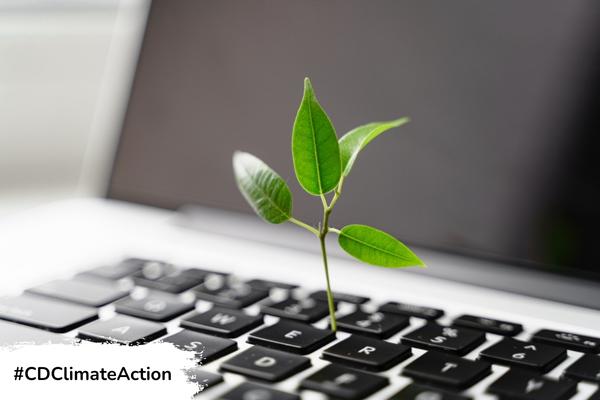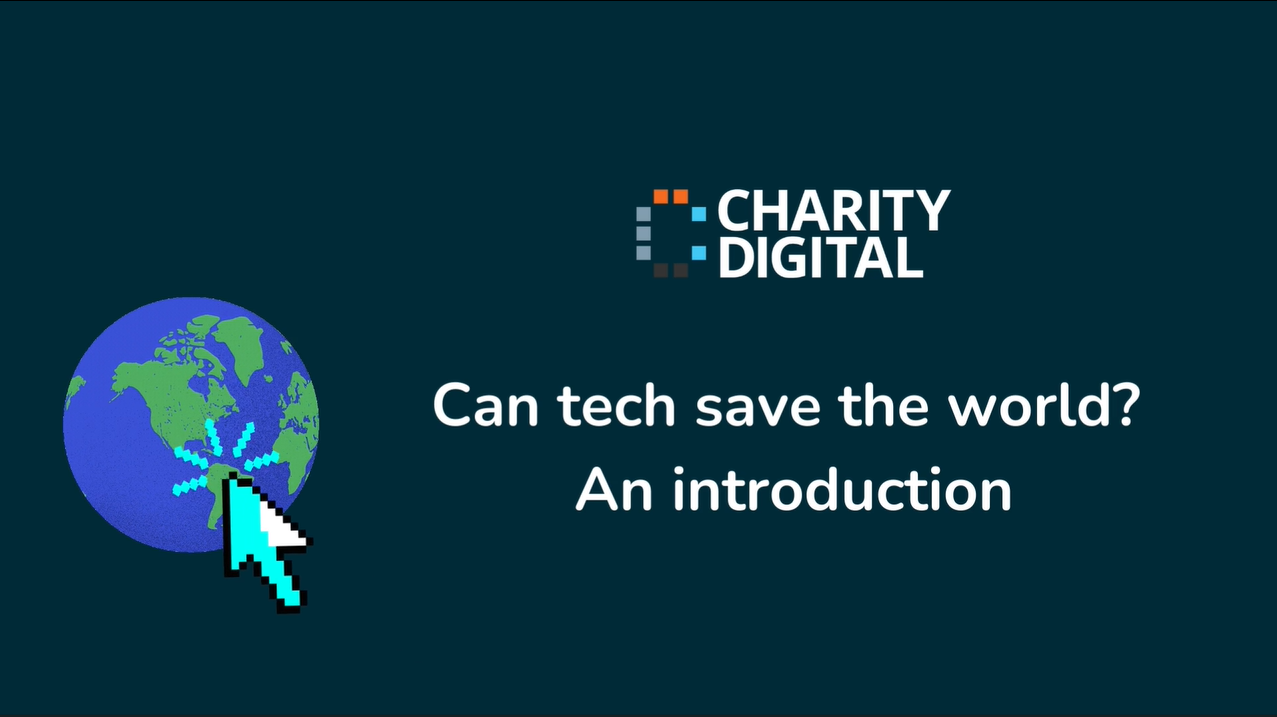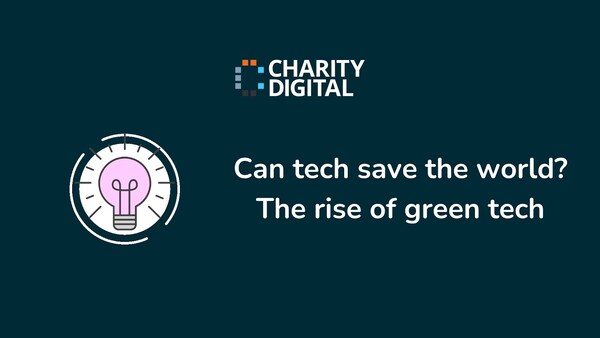Insights
INSIGHTS
All Topics
My Account
How to make the argument for green technology in the workplace
22 Mar 2023by Helen Olszowska
When the pandemic hit in 2020, digital transformation had to happen really quickly for many charities. For some it meant setting up systems and adapting to remote working; for others it meant moving IT infrastructure to the cloud; for most it meant delivering more services digitally.
Big four accounting firm KPMG talks about this rapid digital transformation as the digital revolution. They say, “the way we live and work has now changed, possibly forever. These once-simmering changes are now driving a digital revolution. To compete in the ’New Reality’ accelerating the adoption of new technologies is a must…”.
It’s evident that digital transformation is happening in the sector. According to the 2022 Charity Digital Skills Report, 56% of charities now have a digital strategy, compared to less than 50% in 2021. But how many of those strategies have considered sustainability?
What is digital sustainability?
Digital sustainability means going through the process of digital transformation with the climate in mind.
There are two key things to think about:
-
If you’re choosing a new digital tool as part of your transformation strategy, think about how sustainable the different options are. Which one is more energy efficient?
-
How can digital tools help you to monitor and reduce your impact on the environment?
Digital transformation is a crisis for the sector and climate change is a crisis for the planet. Adding a section on digital sustainability to your digital strategy will help your charity to have one eye on both and avoid greenwashing.
Adopting green technologies
Green technologies can be used in your charity’s physical and digital environments. Examples of green technologies that you could argue for include:
Smart thermostats
Installing a smart thermostat in your offices could save energy and save your charity money. According to Google Nest and Tado, you could save anywhere between 8-31% of the energy used for your heating.
Electronic waste recycling
The UK governments’ Health and Safety Executive reports that around 2 million tonnes are discarded annually in the UK. Electronic waste is the fastest growing waste stream across the globe.
Before binning electrical items from your charity, check out your local council website to see what electric waste recycling options they offer. You can also research repair, re-use and recycling schemes from local electrical retailers like Currys in the UK or global tech firms like Apple.
A low-carbon website
There can be big differences in how much energy your website uses depending on the providers you use and how you organise your content. Tips for greening up your site include:
-
Checking your site’s carbon footprint with a tool like Green Web Check
-
Cutting down on content - keep the essentials
-
Using system fonts rather than custom web fonts
-
Reducing the amount of video
-
Use a green web hosting service
Project management tools and messaging apps
It’s greener to send fewer emails! Switch to project management software like Trello or Asana, or messaging apps like Slack to be more energy efficient.
Remote working
Encouraging remote working can help contribute fewer emissions to the environment. Cutting commutes saves carbon by reducing travel and the energy generated by an office space to accommodate all staff at the same time.
Making the argument for green tech
You might already know the changes that you want to make, but how do you get the rest of the organisation onside with your plan?
Measure the problem
Start by working out how you can measure the size of the problem that green tech will help to solve. How much energy, and possibly money, would your changes save the organisation? How much would your charity’s environmental impact be reduced?
Think about how you can easily communicate the problem and your solution. Have a few eyebrow raising stats on hand that you can share with colleagues.
Develop your plan
A well thought-through and costed plan will go a long way towards getting the changes you want to actually happen.
Think about:
-
Your recommended green tech options (where can the charity buy them, who could install them)
-
The cost and likely energy saving for each bit of green tech
-
A timescale - how quickly could this all happen?
-
Internal support - would you lead this work? Could you suggest others who might and get their buy-in and involvement with the plan?
-
An overall cost
-
Overall energy savings (and financial savings, if applicable)
Identify influencers
Which colleagues are also really committed to tackling the climate emergency? Involve them in your plans so they can help you create change.
Think about who your best ally might be at a senior level. If they care about digital sustainability and can see that lots of staff care too, they have an incentive (and the power) to accelerate the process of change.
More on this topic
Related Content
Recommended Products
Our Events
Charity Digital Academy
Our courses aim, in just three hours, to enhance soft skills and hard skills, boost your knowledge of finance and artificial intelligence, and supercharge your digital capabilities. Check out some of the incredible options by clicking here.
























